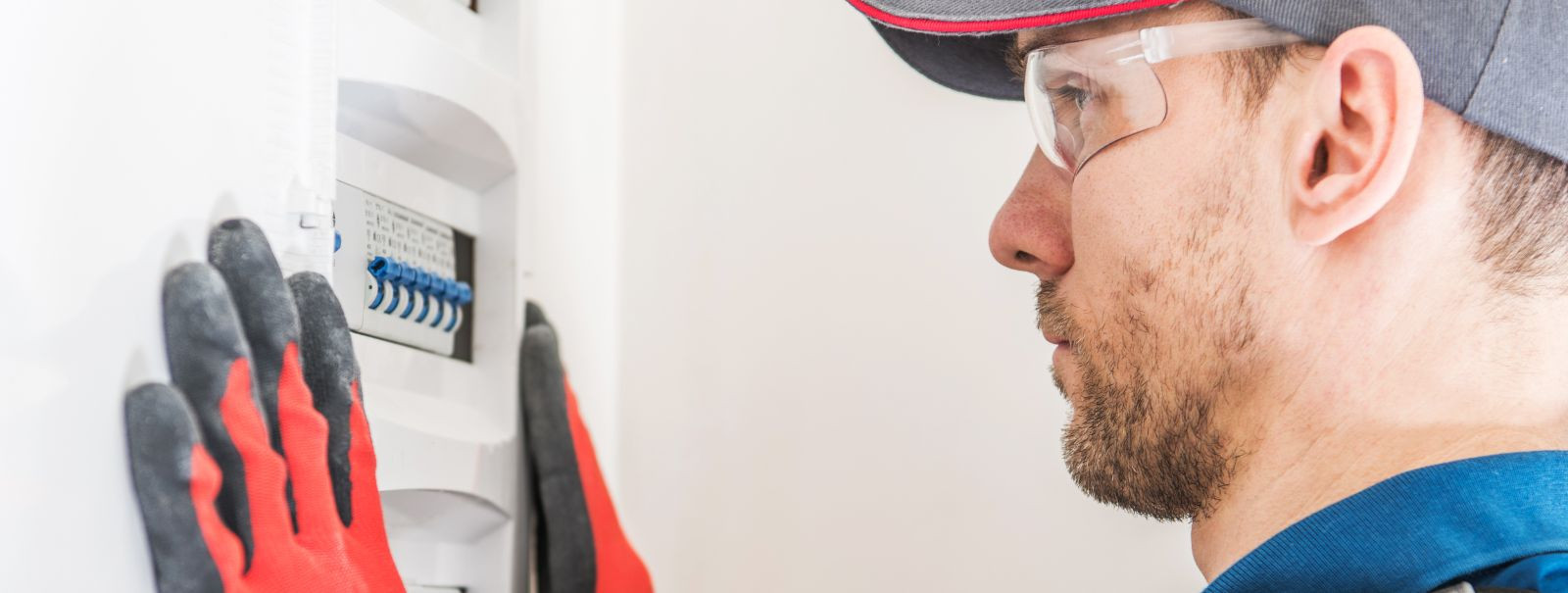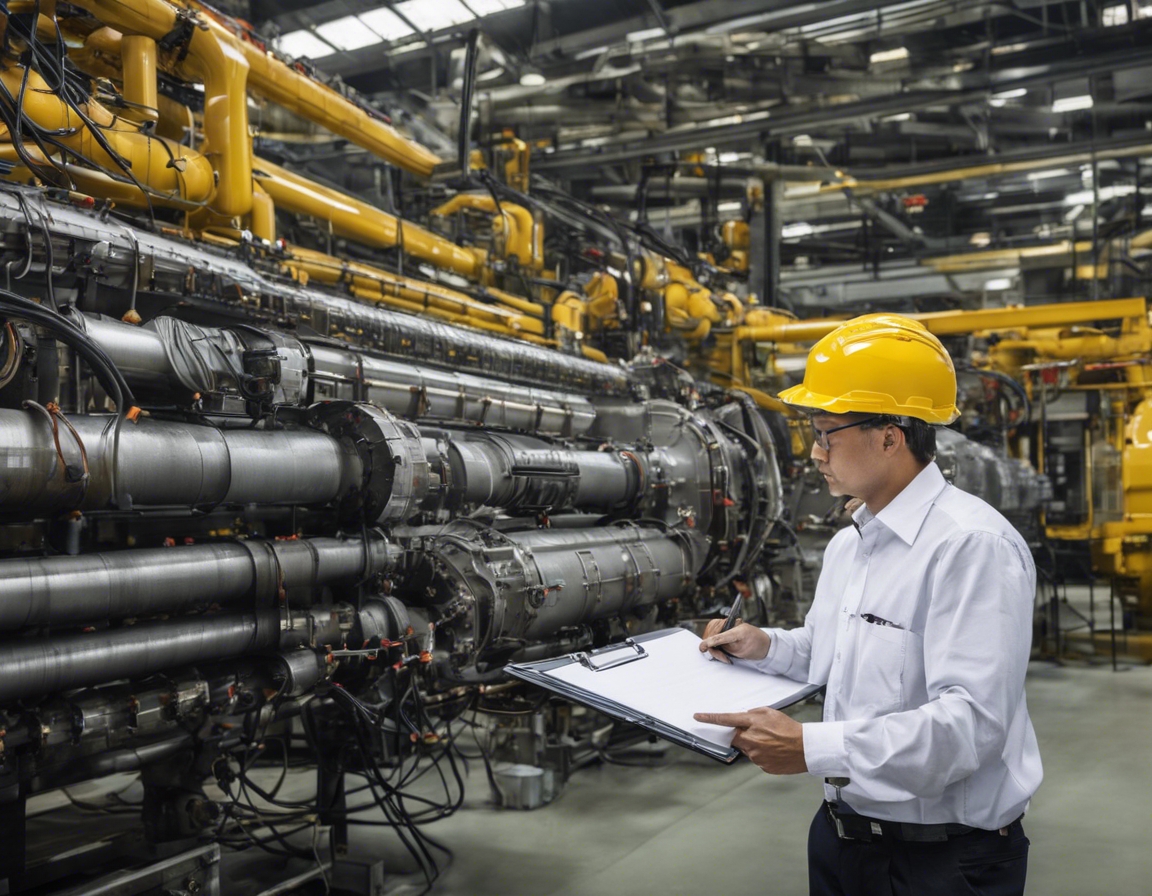Maximizing safety in electrical installations
Electrical safety is a critical aspect of any installation, directly impacting the well-being of personnel and the operational integrity of a facility. In environments where reliability and efficiency are paramount, understanding and implementing safety measures is not just a regulatory requirement but a foundational business practice.
Electrical installations can present numerous hazards, including shock, arc flash, fire, and explosions. Identifying these risks and taking proactive steps to mitigate them is essential for maintaining a safe working environment.
Designing for Safety
Compliance with local and international electrical codes and standards is the first step in ensuring safety. These regulations provide a framework for safe installation practices and are regularly updated to reflect the latest safety research and technology.
From the outset, electrical systems should be designed with safety in mind. This includes planning for adequate spacing, selecting appropriate components, and considering future maintenance and upgrade needs.
Best Practices in Electrical Installations
Using high-quality materials and equipment is essential for durability and safety. Substandard products can lead to failures and increased risk of accidents.
Proper installation techniques are crucial for ensuring the safety and longevity of electrical systems. This includes following manufacturer guidelines and industry best practices.
Regular maintenance and inspections are vital for identifying potential issues before they lead to accidents. A well-maintained system is a safer system.
Advanced Safety Measures
Grounding and bonding are essential for preventing electrical shock and ensuring that electrical systems operate safely. They provide a path for fault currents and help to stabilize voltage levels.
Surge protection devices and isolation techniques can protect sensitive equipment from voltage spikes and isolate parts of the system for safe maintenance and repair.
Personal Protective Equipment (PPE) is the last line of defense for workers. Ensuring that all personnel are equipped with the appropriate PPE is a critical component of any safety program.
Training and Awareness
Comprehensive training programs ensure that electrical workers are aware of the hazards and know how to safely perform their duties. Ongoing education is key to adapting to new technologies and practices.
Clear safety signage and labeling help to communicate important information and warnings to workers, which is essential for preventing accidents.
Having a well-developed emergency response plan in place ensures that workers know how to react in the event of an electrical accident, potentially saving lives and minimizing damage.






Comments (0)